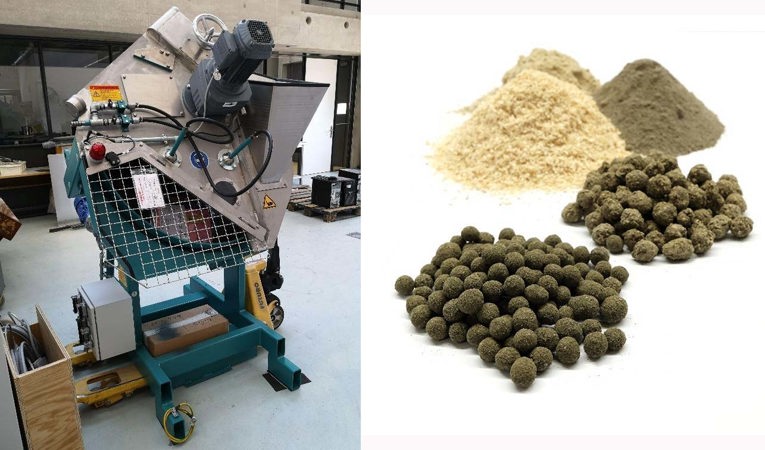- Research projects : /en/applied-research/institutes/itec/research-projects/
- Equipment : /en/applied-research/institutes/itec/equipment/
- Team : /en/applied-research/institutes/itec/team/
- Agenda : /en/applied-research/institutes/itec/agenda/
- News : /en/applied-research/institutes/itec/news/
- Resources for partners : /en/applied-research/institutes/itec/resources-for-partners/
- Research projects : /en/applied-research/institutes/itec/research-projects/
- Equipment : /en/applied-research/institutes/itec/equipment/
- Team : /en/applied-research/institutes/itec/team/
- Agenda : /en/applied-research/institutes/itec/agenda/
- News : /en/applied-research/institutes/itec/news/
- Resources for partners : /en/applied-research/institutes/itec/resources-for-partners/
i-BioLAP

En bref
Structures
Organisme public
Smart Living Lab
Daia Zwicky
Répertoire des compétences
septembre 2020 - décembre 2021
Initiation to pelletizing lightweight aggregates from biomass and cement (initiation to BIO-based Light Aggregate Pelletizing)
Lightweight concrete (LWC) reaches its lower density and improved thermal performances, compared to normal-weight concrete, thanks to lightweight aggregates made of expanded clay or glass (LWA, e.g. LECA®, MISAPOR®), being unfortunately environment-unfriendly (high production energy, inorganic waste). In an earlier project, their replacement with bio-sourced aggregates (e.g. cherry pits & grape seeds instead of sand & gravel) was proved to be more ecological but at the trade-off of mechanical and economic performances, strongly limiting the feasible replacement rates.
This project wants to experimentally explore the feasibility of pelletizing LWA at room temperature from forestry and other biomass by-products (sawdust, combustion ashes) with cement as a binder, primarily serving as a basis for follow-up research and potential commercialization.